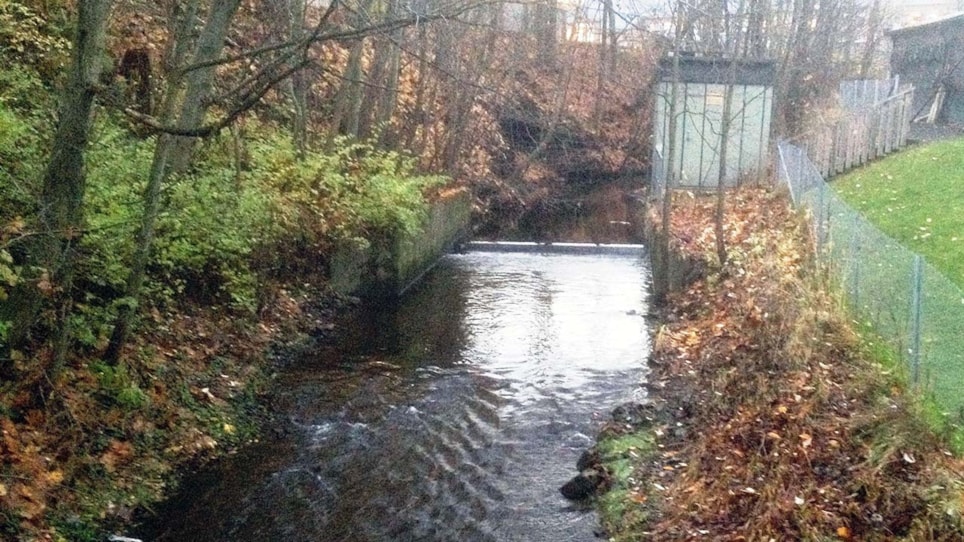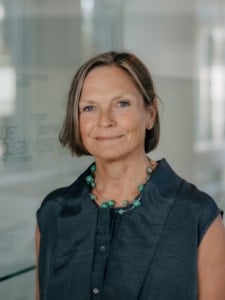Facts about Dessin:
DESSIN is an EU project (2014–2018), made up of 4 end-users (including Oslo municipality's Agency for Water and Sewage Works), 6 universities/research institutes (including SINTEF), and 11 companies (including Inrigo Water, Leif Kølner and UFT) from several European countries. The challenges facing the project are:
- water shortages
- water quality in urban areas
The research project aims to demonstrate and promote innovative solutions for water-related issues, with a focus on water quality and meeting the requirements of water regulations.
Testing is under way in Oslo on two different systems for the local treatment of overflow water. The pilot area is overflow in the Hoffselva river.
Read more about Dessin
Mild winters and more rain mean that the capacity of many sewerage pipes is being exceeded. During periods of torrential rain, the sewage which is normally fed to a treatment plant can be forced above ground.
"Our aim is to reduce pollution to a minimum, which will also reduce the number of complaints from the public. Work on replacing the pipes in the network is an ongoing job, but it is also a long-term and challenging task in a city that is becoming increasingly more densely populated. Depending on the method used, replacing a pipe can cost anything from a few thousand to tens of thousands of kroner per metre", says Frode Hult at Oslo municipality's Agency for Water and Sewage Works.
The Norwegian sewerage network is made up of a total of 70,000 kilometres of pipes. In Oslo alone, 218 cases of pollution as a result of overflows have been reported. Working to reduce discharges of overflow water will be an ongoing task for us during the next century.
Halving discharges
They are now getting a helping hand from researchers at SINTEF. The objectives of the project are to ensure that:
- Sewage treatment does not cause damage or inconvenience
- Sewage treatment helps towards ensuring that urban watercourses and fjords are in a good chemical, ecological and hygienic condition
The first test started in the spring of 2015, using equipment supplied by the company Inrigo.
Preliminary results estimate that approximately 50 per cent of suspended solids (SS) were removed, and that sewage waste from overflow discharges was eliminated.
The results of the tests on the other treatment system, a lamella sedimentation system supplied by the German company UFT, are not yet available.
The Agency for Water and Sewage Works will closely monitor the test results for both systems in order to see what grade of treatment they achieve. The companies must also be able to make their systems small enough to fit into a manhole, so that large structures on the surface will not be necessary.
Norwegian version, click here


